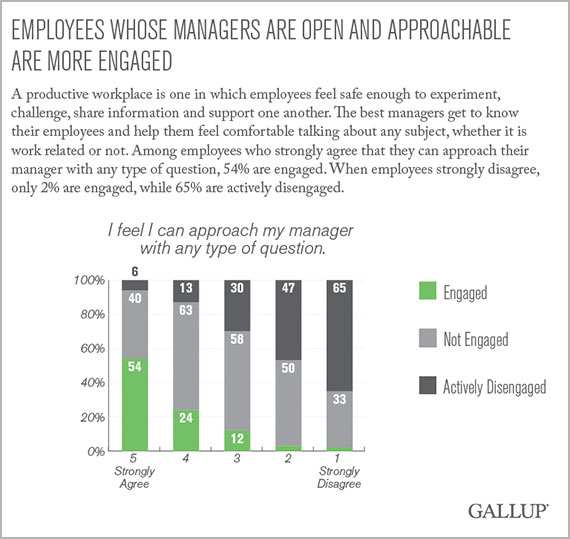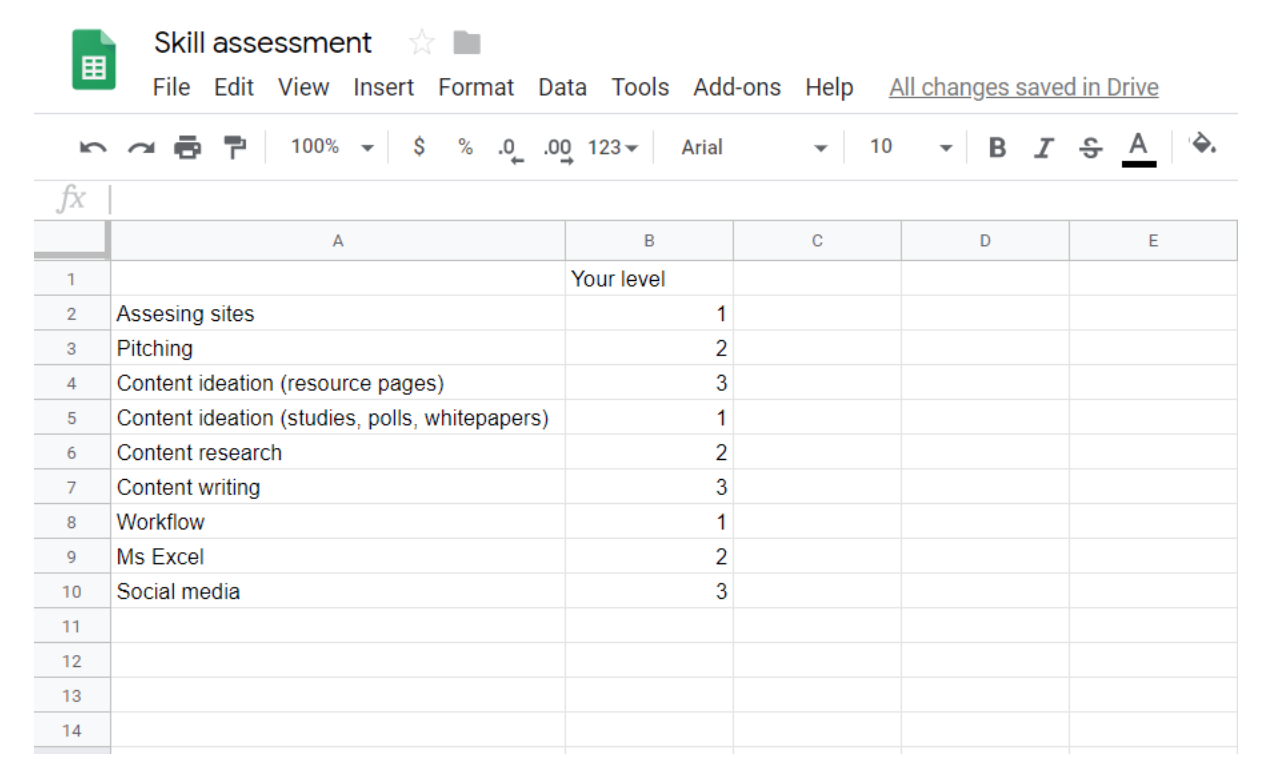Management isn’t one-size-fits all, and the tips for managing employees you get online shouldn’t be either.
That’s where we come in.
Your management style could vary. Sometimes, you might want to check in on your employees more frequently. Other times, it’s probably best to give them space. Pick the wrong approach, and your employee’s morale will take a nosedive, which results in declining job performance and attrition.
Strategic management requires ongoing learning and adapting to your ever-changing workforce. Fortunately, there are strategic HR management articles like this one to help.
No matter whether you work at a Fortune 500 corporation or a hip startup, you want to take your team management skills to the max. Here are three strategic tips for managing your employees.
1. Integrate Task Relevant Maturity into Your Management Style
The name doesn’t roll off the tongue, does it?
However, the idea behind task relevant maturity (TRM) is as powerful as a Boeing jet engine.
Andy Grove, a co-founder of Intel, coined the term TRM in his management book, High Output Management. Grove argues that you should be either “hands-on” or “hands-off” when managing employees. You can choose between these management styles by considering two key elements:
- The individual’s experience in their role
- Their tasks
Of course, when an employee takes on a new role or project, they need coaching and support to get up-to-speed. Otherwise, they’ll grow frustrated and overwhelmed with the workload. It’s important to foster an environment where employees are encouraged to grow and learn, so following TRM helps create a supportive work environment where an employee feels challenged without being frustrated.
However, as the employee starts to understand the job and falls into a rhythm, you should loosen the grip and focus more on outcome over micromanagement.
What’s the tradeoff of such approach?
Your underperforming employees won’t be part of 85 percent of highly disengaged employees, and your A+ players will thank you if you let them choose their workflow. This chart from Gallup below explains why:

Keep reading to learn how you can use TRM in your company.
2. Evaluate for Performance
Now, here comes the fun part.
You’re about to get the coolest, most actionable management advice so you can take your leadership skills to new heights.
Here it is: evaluate each of your employees for overall performance within the role from low to high. This will help you understand how hands-on or hands-off your managerial approach needs to be. Carefully define what these categories mean to you and how you can leverage them strategically to be the best manager you can be.
Here are some examples of how I define “low,” “medium,” and “high” performers:
1. Low Performers
Provide as much coaching and support as possible for a low-performing employee. Be sure to explain what, when, why, and how so they have a clear understanding of what to work on and the company’s vision. Low-performing employees require the most support and intervention, so be sure to keep an eye on them.
2. Medium Performers
The performance is good, but you can see areas for improvement. Offer some support, but don’t weight in all too much and all too often. Medium-performing employees usually benefit from regularly scheduled 1:1s where they can receive feedback and continue to improve.
3. High Performers
I define high performance as topnotch work across the board. The employee is doing a fantastic job, and you can feel relatively autonomous as a manager. For this bucket, you can track KPIs and minimize your involvement. But just because you are limiting the amount of managing you do with this employee doesn’t mean you stop communicating with them all together. Be sure to make it known that you’re still available to offer help and support when needed.
3. Engage Employees in Self-Evaluation
So, now you know where your direct reports stand in relation to task-relevant maturity. Now, you want to ask your people to self-evaluate their core responsibilities.
But why?
This will give you 360 degree data to supplement your assumptions, and you’ll know where your employees need your help the most.
Here’s how to set up a self-evaluation:
- Create a Google spreadsheet and share it with your employees. Create an individual spreadsheet for every person on your team to ensure they can answer privately.
- Input each person’s key responsibilities into their spreadsheet.
- Ask your employees to self-evaluate their skills on a scale of one to three.
The next step is to have a clear understanding of what these rankings represent. Clearly outline what they mean to your employees. I’ve outlined my definitions below:
1: I don’t feel confident in this skill, and I am struggling to improve on my own. I would like coaching and support.
2: I’m doing okay at this skill, but I could definitely use some advice on how to improve.
3: I feel very confident in my ability to accomplish this skill and I don’t need much external help.

Once you have all this data, you can start to act upon it. Keep reading to learn how.
4. Get Your Employees Up-to-Speed
So, with these tips for managing employees, now you know where your team needs a hand.
You’re ready to spend every ounce of your energy and time to help them succeed.
It’s time to factor in 1:1s. These are perfect for dishing out your wisdom and connecting with your employees. You ’ll want to adjust the number of meetings you have with an employee depending on their performance, which we’ve outlined above.
If they need a lot of support from you, you should meet every one or two weeks. That might seem like a lot, but the ROI from 1:1s is massive. And as your employees learn and grow, you can drop the number of 1:1s to every three-four weeks.
Final Words
As a manager, you have many hats to wear, leadership being the most important of all. If you fail to exercise the right management approach with your people, that’ll cascade into big issues.
Fortunately, you can get your rhythm with it using these tips for managing employees.
 Max Woolf is a writer. He’s passionate about helping people land their dream jobs through the expert career industry coverage. In his spare time, Max enjoys biking and traveling to European countries. You can hit him up on LinkedIn or Twitter.
Max Woolf is a writer. He’s passionate about helping people land their dream jobs through the expert career industry coverage. In his spare time, Max enjoys biking and traveling to European countries. You can hit him up on LinkedIn or Twitter.
